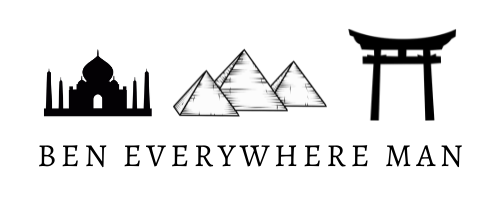The Overland Track - Food Guide and Tips
The Overland Track
The Overland Trek is an unassisted, 55km hike through central Tasmania lasting 6 to 7 days, so getting your food right is damn important. There are no food drops or stores along the way so what you carry in is what you will be eating for the week. It is the item i stressed about the most while planning for the trip and that is for a couple of reasons. Firstly, i didn’t want to be hungry nor have the energy required for the hike and secondarily, i didn’t want to be carrying any excess weight (was aiming for 10kg total pack weight but ended up being around 14kg with water)
Food Tips
Tip# 1 - Take food that doesn’t need a lot of energy (both your own and fuel) to prepare.
Personally i am not looking to have gourmet meals on hike of this nature, i want energy dense food, that is palatable and quick to prepare. There is nothing worse than hiking all day, rolling into camp starving and then realising you need another hour or two to prepare your food when all you want to do is eat and sleep. The majority of the food you take on the track shouldn’t even require preparation. Salami sticks, tuna pouches, nut mixes, muesli bars and jerkys can all be consumed with minimal preparation. For warm dinners and breakfasts i would lean towards foods that just require hot water to prepare. For example instant porridge, dehydrated dinner packs and Ramen noodles are all quick and easy options
Tip# 2 - Know how many kila joules (energy) you will need to consume each day
Generally for an average sized and aged male (170cm / 34 yrs) you will want to consume between 14000-15000 KJ (3,500 calories) per day. I reference KJ’s as opposed to calories beacuse it is what is shown on the nutrition information on the back of most food packages. If you are a lady or lighter/heavier you will need to adjust your intake. Understanding how much you need to consume will allow you plan your daily meals
Tip #3 - Pack foods that have a high KJ to weight ratio to keep your pack as light as possible
KJ dense foods are always advised. Foods like peanut butter, cheese, nuts and chocolate all have high amounts of energy compared to their weight. Now I’m not advocating you filling your pack full of m&m’s as a balanced diet of fats, sugars, carbs and protein is always advised but understanding that filling your pack with fresh fruit and vegitables is also a bad idea as they are low in KJ’s but weighed down by water (they are also perishable which isnt great 3 days into a 7 day hike)
Tip #4 - Pack your food into daily portion sizes
Having all your snacks in one bag, in the bottom of your pack is going to get annoying quick when you want a quick bite atop of mountain. Also having all your snacks in one bag will lead to you over consuming early in your hike, leaving you with less food on the last few days. Use snap lock bags to put your daily breakfast, lunch, snacks and dinners into separate bags and then a larger snaplock for each day. Bury your food at the bottom of your pack and then at the beginning of each day take out that days food and leave it at the top of your pack for easy access.
Tip #5 - Daily meal plan
Below is a sample of a single days food for the trek. The totals comes out to approx 15,000KJ and 1kg in weight. The weight/KJ ratio also shows items that have a high energy to low weight value. The below meal plan is a good mix of carbs, protein, oils, fibre and sugars. The food listed also doesn’t need much preparation, the dinners and breakfasts just require boiling water (no actual cooking), and the lunches require no preparation what so ever. This means you can save on the amount of fuel you need to bring on your hike also



